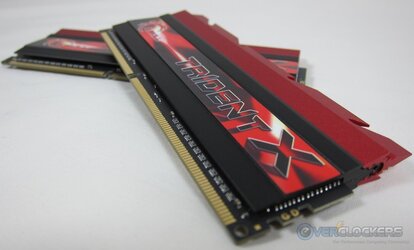Thx for the info!
On the other hand I doubt that anyone will buy 2933 kit in this price to run it at 1866/2133

Well, it is already unbelievable to me spending 300+$ for 8GB DDR3, whatever frequency or timings

Btw, could you guys explain me why so much focus is put on reducing tCAS whatever it takes (ie. increasing sometimes drastically other timings)?
From what I understand:
The average read latency should be somewhere between tCAS if the page is active and tCAS+tRP+tRCD (worst case) if I need to close the page before opening an other.
So, if I want to optimize my latency and get the maximum page-hit, I would try to minimize tRCD/tRP, is this right?

The point is: if I want to see difference in overall read latency between two sticks of RAM, it would be when all the RAM is used, where page-miss occurs more often, increasing the latency.
So if I am more in the case where the latency is tCAS+tRP+tRCD instead of tCAS, what is the point of reducing tCAS by one cycle (from 10 to 9 for instance) and increasing by one cycle tRP AND tRCD?
Aren't we increasing the latency then?

Sorry if it is confused and unclear, I don't see how to put this simply









